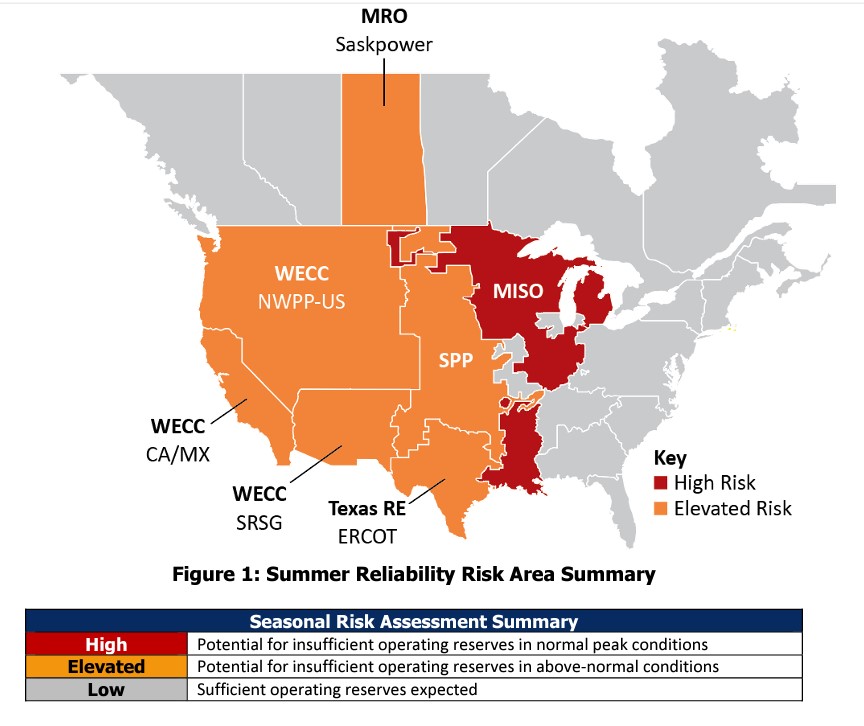Biden Blackouts: EPA’s mercury rules could mean lights out for Minnesota, MISO, for no measurable environmental benefits
Last week the Biden Administration’s Environmental Protection Agency (EPA) proposed new rules on mercury that could jeopardize electric grid reliability in Minnesota and the rest of the 15-state Midcontinent Independent Systems Operator (MISO) footprint by potentially forcing coal plants in North Dakota to shut down even though the regulations will have virtually no measurable environmental benefits.
The New Rules
The rules are an update to the Obama administration’s Mercury and Air Toxics Standard (MATS), a controversial regulation that has cost the U.S. $9.6 billion per year in compliance costs, making it one of the most expensive regulations ever enacted.
The Biden administration’s version of the MATS rule would require a 70 percent reduction in the emissions limit for mercury from existing lignite-fired power plants. Lignite is a type of coal with higher moisture content and more organic compounds than other coals. Unfortunately, these limits could cause American lignite facilities to shut down despite emitting only a tiny fraction of global mercury emissions.
The Global Math on Mercury Emissions
There are three main lignite plants that supply the MISO grid with electricity, the 1,151-megawatt (MW) Rainbow Energy Center, formerly known as the Coal Creek Station; the 684 MW Milton R. Young plant, and 384 MW from the Coyote plant, for a total of 2,219 MW of lignite-fired capacity.
According to Statista, these plants emitted 357 pounds, 156 pounds, and 80 pounds of mercury in 2021, respectively. This brings the total emissions to around 593 pounds of mercury or 0.267 metric tons.
The United Nations Global Mercury Assessment Report estimates human activities emitted 2,200 metric tons of mercury in 2015, the last year when global data were readily available. This means that the coal plants in North Dakota that are vital to the reliability of our electric grid emit 0.012 percent of global mercury emissions.
Put another way, 99.998 percent of global mercury emissions come from other sources, which means the Biden administration is increasing the risk of blackouts in the Midwest despite the fact that it will result in zero measurable difference to the environment.
Biden EPA Bringing on the Blackouts
While lignite plants only account for 8 percent of the coal mined nationally in 2021, these plants are hugely important regionally. Approximately 52 percent of U.S. lignite is mined in North Dakota, and these plants are crucial to the stability of the MISO system, which already has a 1,200 megawatt (MW) capacity shortfall, meaning there is not enough reliable power plant capacity to meet its peak demand plus a margin of safety.
This capacity shortfall is why the North American Electric Reliability Corporation (NERC) identified MISO as the region most at risk of rolling blackouts last summer.

If these plants are forced offline by Biden’s proposed MATS rule, it will increase the capacity shortfall by 2,219, essentially tripling the size of MISO’s current capacity shortfall.
We are in a reliability hole, and the first thing we need to do is stop digging. Unfortunately, elections have consequences, and Biden’s proposed MATS rules will decrease the reliability of the electric grid by forcing the premature retirement of regionally crucial power plants for virtually zero measurable environmental gain.